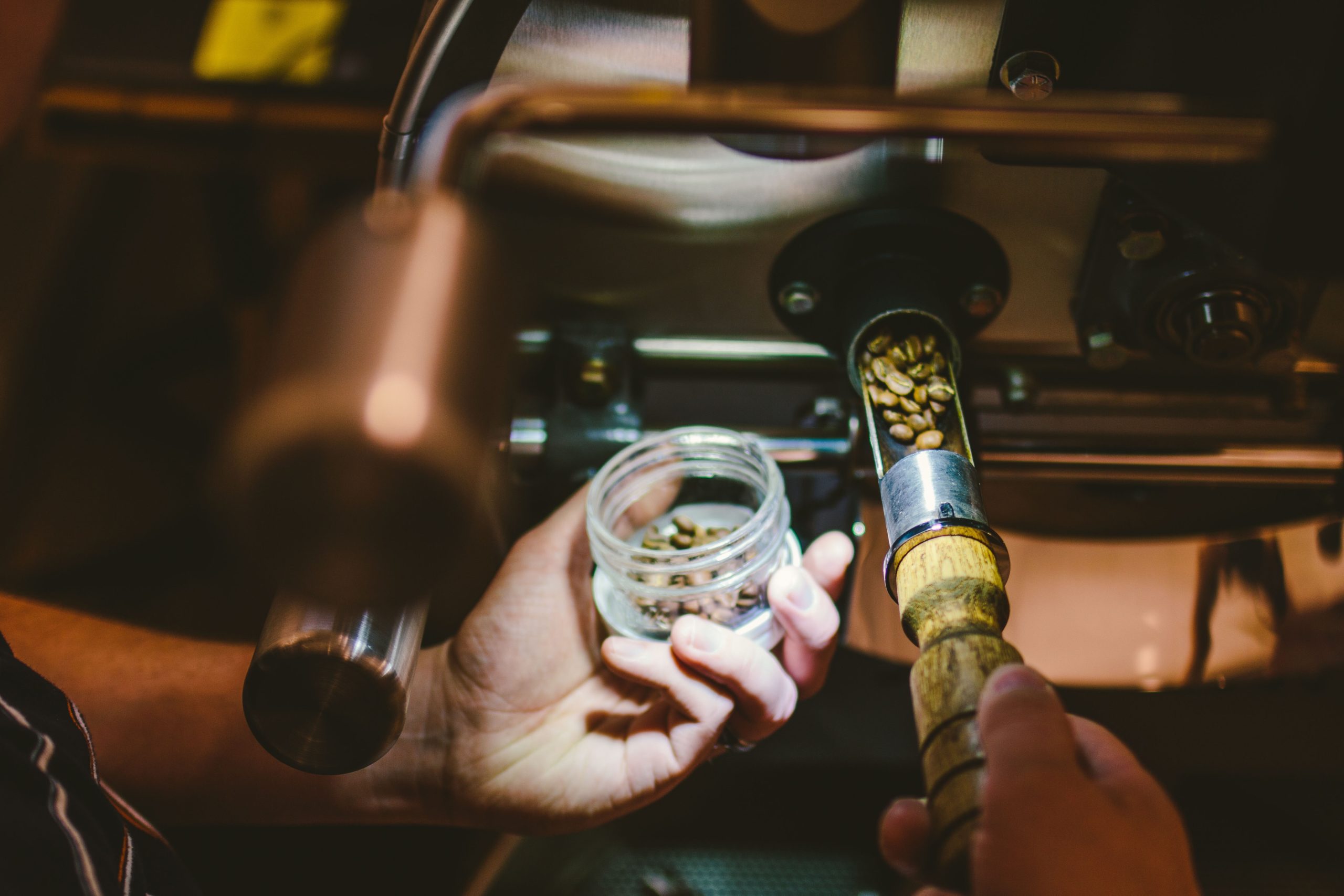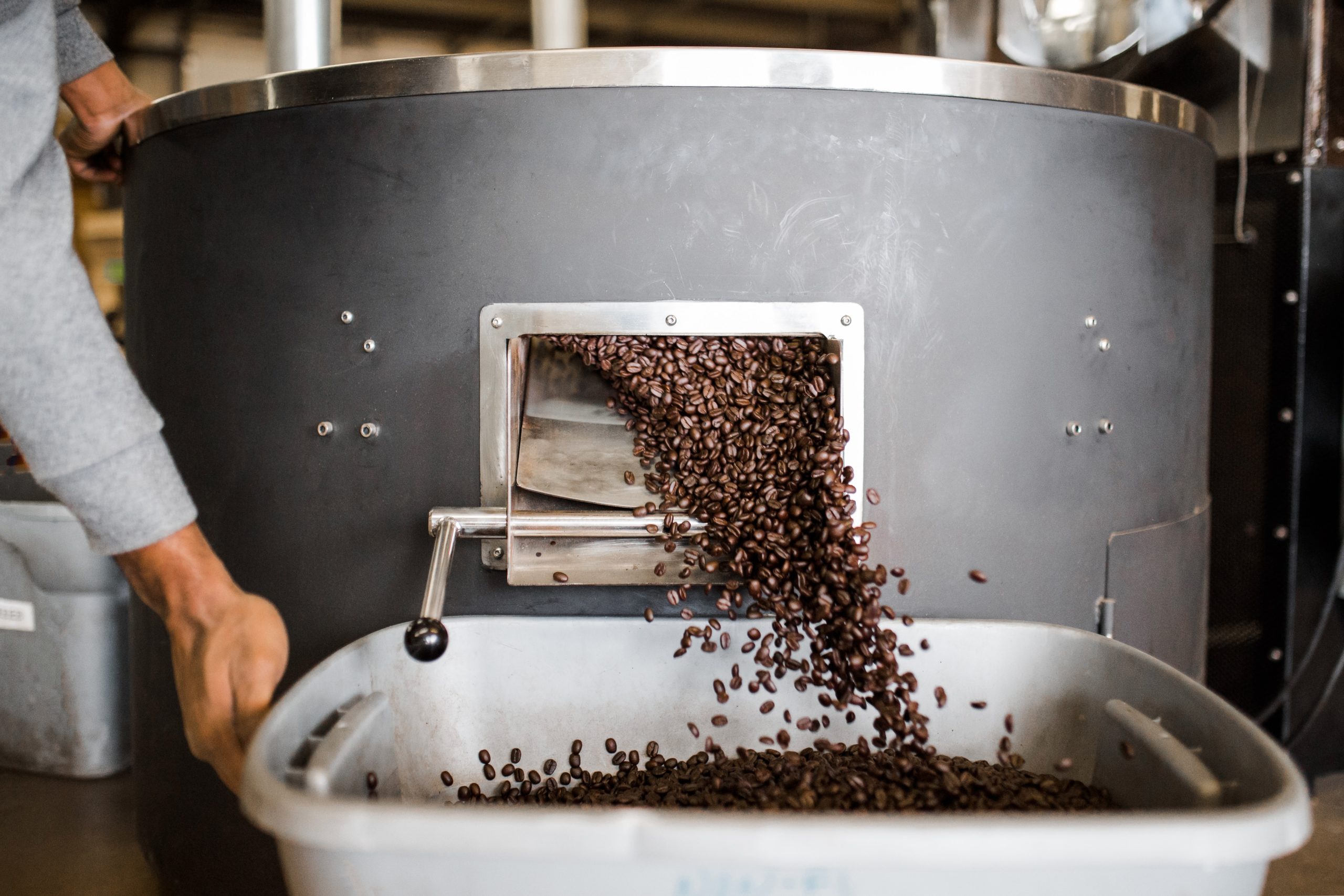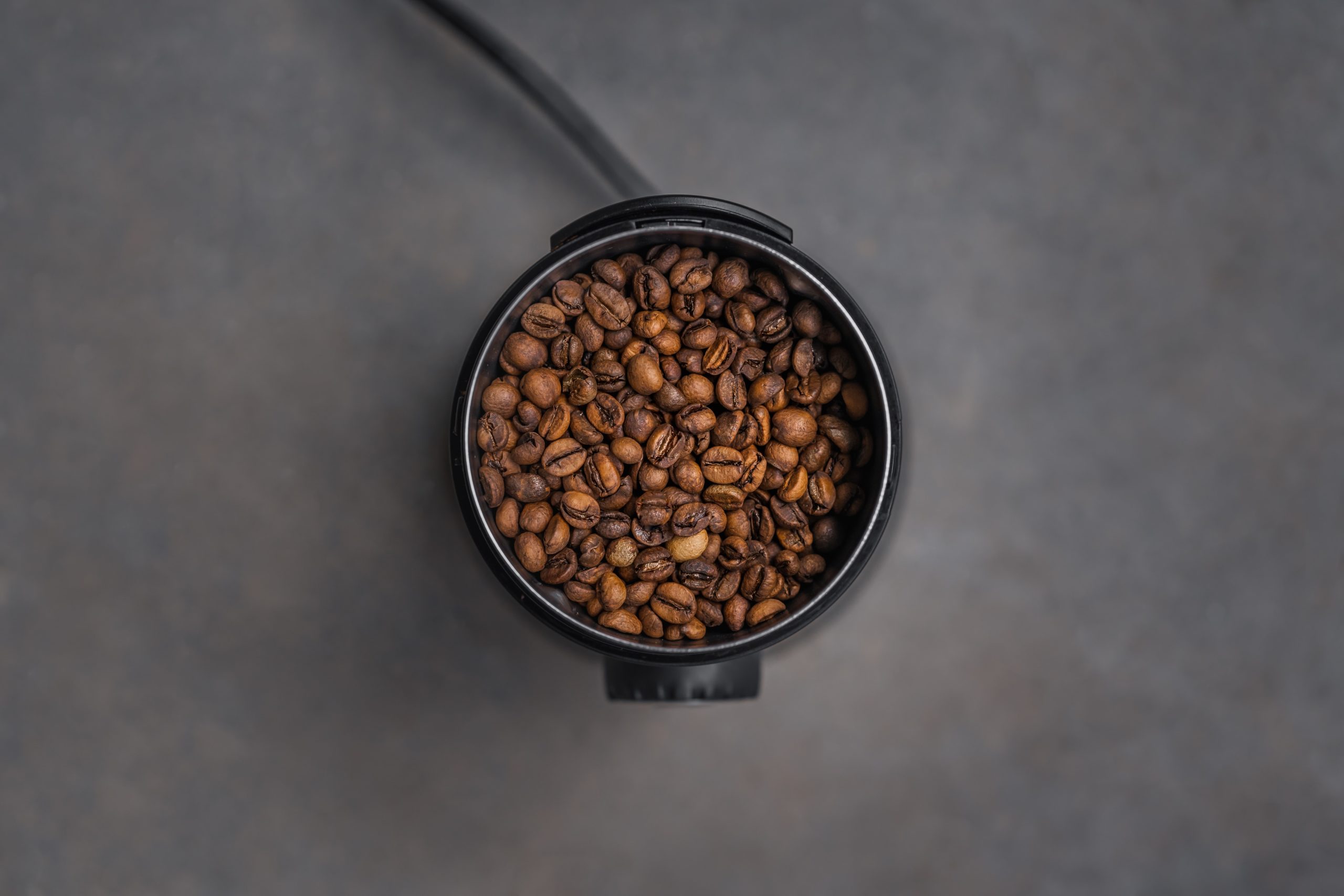Choosing coffee beans and need a coffee roast profiles review?
You've come to the right place.
We've prepared an article that describes not only the main roasting levels but also their subtypes.
Let's dive in.
What Is Coffee Roasting?

Coffee roasting is when green coffee beans are heated in order to achieve a specific flavor.
The type of roast is essentially the color of the beans after roasting. There are three main roast levels: light, medium, and dark.
Coffee roasting is a complex process that requires a certain level of knowledge and skill. Just one mistake can make the coffee taste worse.
What Are the Main Differences between Coffee Roast Levels?

To help you determine which type of coffee roast is right for you, let's look at the major differences between them.
Caffeine concentration
The roast does not affect the amount of caffeine in the beans. Caffeine does not break down even with strong heat.
To change the chemical composition of the beans, they would need to be roasted to a charcoal state, which even the darkest roast does not achieve.
One dark-roasted coffee bean contains the same amount of caffeine as a light-roasted bean.
But this does not mean that the amount of caffeine in coffee is the same across different brewing methods. It's all about the amount of ground coffee you use.
Dark roast coffee is less dense, so the beans have less mass.
If you grind and measure the same amount of dark roast and light roast coffee, the concentration of ground coffee will be higher when using a dark roast. This means more caffeine.
Taste
Light roasts have a bright, acidic taste. The beans retain the original flavor characteristics of the climate and soil in which the coffee was cultivated.
Medium roasts are characterized by a balance of acidity and bitterness. The coffee has a smooth, balanced taste.
Dark roasts retain the original aroma characteristics of the beans, which combine with aromas from the roasting process. The coffee will be tart with a distinct bitterness.
To understand how coffee's taste is formed, let's divide this process into two steps:
The first step deals with what chemical elements the coffee bean absorbs from during maturation and processing. These elements come from the beans' environment, genetics, processing method, etc.
At this step, coffee develops berry, fruit, floral, and other notes that consumers love so much.
The second step is the roasting process, when sugars in the beans are caramelized. During this step, taste characteristics are formed from the moment of the first crack until the end of the roasting. Notes of chocolate, caramel, tobacco, etc. develop.
Each stage of roasting reveals specific taste notes.
Roasting profiles strive to create a balanced flavor by balancing the beans' natural flavor notes with those imparted by the roasting process.
Extraction
The roast level affects the rate at which coffee extraction proceeds during brewing.
The lighter the roast, the longer the coffee will take to brew.
Dark-roasted coffee extracts the most quickly because it contains more soluble substances.
The roast profile doesn't affect extraction as much as water temperature, brewing time, and grind size do, but it's still a factor worth considering, especially if you're looking to become a professional barista.
Brewing methods
Espresso blends are most often a medium or dark roast. Light roast coffee brewed in an espresso machine may produce an overly acidic coffee.
Light-roasted coffee beans are best brewed in a Chemex, or AeroPress. These coffee makers help reveal the berry, floral, and fruity notes that are characteristic of coffee beans.
If you choose immersion methods for making coffee, remember that the darker the roast, the more bitter the drink will be and the stronger the bitterness will appear.
Types of Coffee Roasts

Let's take a closer look at the main types of roasts, as well as their subtypes.
Light Roasts
This type of roast is used to preserve the natural taste of coffee beans and is characterized by a bright acidity. It has the following subtypes:
Cinnamon Roast — The coffee beans are light brown in color with a slight richness of taste, noticeably pronounced acidity, and delicate bready aroma. There is no oil on the surface of the beans.
Light City Roast — At this point, the beans develop an aroma of lightly toasted bread. The surface becomes unevenly colored.
Half City Roast — The taste and aroma is more typical of coffee, but the coffee has a pronounced acidity.
Medium Roasts
Medium roast coffee is characterized by light bittersweet notes. The drink will have a brighter coffee flavor. Here are the medium roast subtypes:
Breakfast Roast — The beans are light brown in color. The brewed coffee is quite light and refreshing, with a slight acidity.
American Roast — The beans are medium brown in color. There is still no oil on the surface. This roast got its name because of its popularity in the eastern part of the United States.
City Roast — These beans will be deep brown but still dry.
Dark Roasts
Dark roast coffees are characterized by a pronounced bittersweet taste with minimal acidity. It has the following subtypes:
High Roast — During the roasting process, the beans become shiny, black, and oily and acquire a pronounced bitterness.
Espresso Roast — The beans are oily and very dark in color. The drink has a pronounced bitterness and nutty-charcoal notes.
French Roast — The beans are dark brown in color with a shiny oily surface. There is practically no acidity, and burnt notes appear in the drink. French roast is a popular roast for espresso.
Final Thoughts
Now you know more about the flavor of beans based on the roast level.
If you want to experience more floral, berry, and fruity notes in your coffee and you like pronounced acidity, try light roast beans.
Medium roast coffee balances the natural flavors of the beans with the notes of chocolate, caramel, nuts, and bread that develop during roasting.
Darker roasts are suitable for those who like the traditional taste of coffee with its inherent bitterness and dense body.
We hope that this article has made it easier for you to choose delicious coffee!
